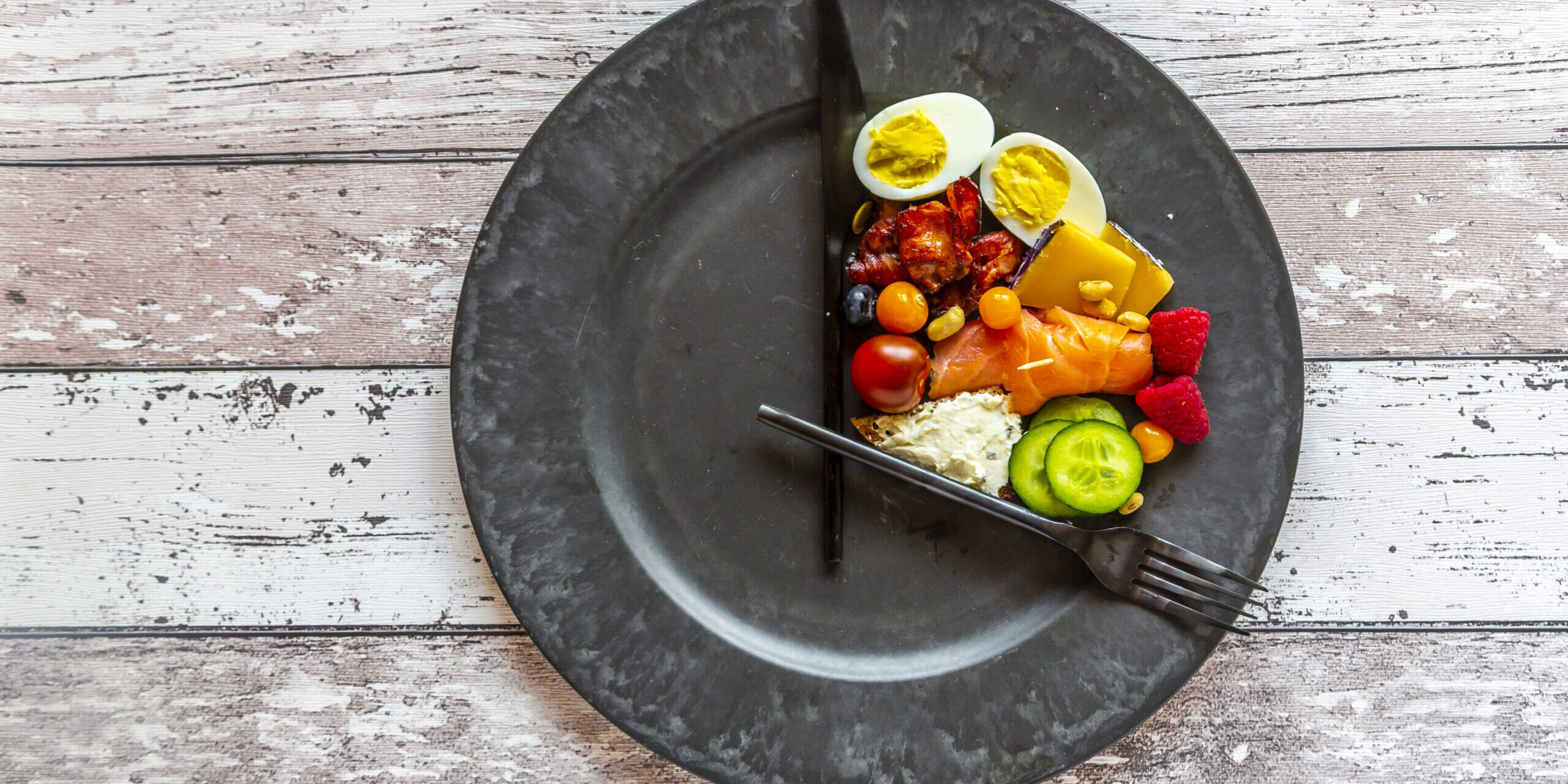By Nicole Zaybak Drepaniotis, MS, RD, CDN
Simply being aware of the danger of over-serving yourself may not be enough. The size of the container you serve from and the size of the dish you serve into can distort your visual estimates. Here are some helpful hints:
• Don’t eat out of the package. We rely more on visual cues rather than on how full we feel. Measure out your serving into a small bowl and savor each bite.
• Use a small plate or a salad plate in place of a dinner plate. The proper portion size may look very small on an oversized plate.
• Use measuring cups as serving utensils
• Drink beverages out of tall, thin glasses that are around 8 ounces. Studies show that we perceive a short glass as being a smaller portion
• Ice cream in gallons or pints can be difficult to judge portion size so get some single-serving ice cream treats to satisfy your sweet tooth.
• Don’t keep treats and desserts in the house. Go out for an ice cream or that special treat.
• Make your own frozen dinners- Casseroles, soups and stews can be easily portioned out into freezer-safe containers. They can be defrosted in the refrigerator and taken to work for lunch or be ready as a dinner for those busy evenings.
• Split an entrée with a friend
• Ask the waiter to box up half (or sometimes more) of your meal before you start eating. Your leftovers can be your lunch or dinner the next day.
• Make your own snack bags with the recommended serving size
• Use the food facts label
Nicole Zaybak Drepaniotis is a Registered Dietitian Nutritionist who has been practicing in the clinical and outpatient settings for the past 15 years, specializing in Bariatrics and Weight Management.

